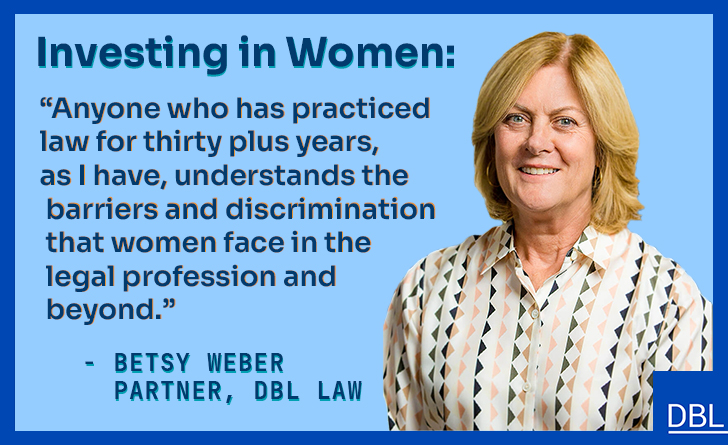Many small businesses will struggle to survive the financial challenges brought on by the novel coronavirus. Historically, Chapter 11 of the Bankruptcy Code was an option that was more attractive to large businesses. But recent changes in the Code may make it a good option for small businesses during the COVID-19 outbreak. The Small Business Reorganization Act of 2019 added a provision known as Subchapter V to Chapter 11 of the Bankruptcy Code. As originally enacted, to be eligible for relief under Subchapter V, a business could have no more than $2,725,625 in non-contingent liquidated secured and unsecured debt. On March 27, 2020, the Coronavirus Aid, Relief, and Economic Security (CARES) Act expanded the application of Subchapter V by raising the debt ceiling of qualifying businesses to $7.5 million. After March 26, 2021, the qualifying debt ceiling will revert to the original $2,725,625 limit.
Based on this provision of the CARES Act and the number of small businesses negatively affected by COVID-19, the number of small businesses seeking relief under Chapter 11 will undoubtedly increase significantly. But there are preventative steps that an unsecured creditor can take prior to the filing of a customer’s bankruptcy case which may significantly reduce the creditor’s ultimate exposure.
- Avoid the Preference Claim. Unsecured creditors may be liable to a debtor’s bankruptcy estate when they have received payments within the 90 days before the debtor filed bankruptcy. The creditor is not, however, without defenses to these actions. For instance, payments that constitute contemporaneous exchanges or payments made in the ordinary course of the parties’ business terms will not be considered preferential. As such, you should keep your accounts current and follow your ordinary billing practices. If an invoice is due within 30 days, do not allow the account to slip beyond contractual terms. If you know a filing is imminent, discuss with your legal counsel which invoice any payment should be applied against.
- Monitor your Customers’ Solvency. If you extend trade credit to a customer that represents a significant source of your revenue, intermittently request credit opinions from a financial service firm relative to the customer’s ability to meet obligations as they come due.
- Establish Protective Payment Requirements. Upon learning that a particular customer is an imminent potential credit risk, institute payment requirements such as advance payments or cash on delivery for shipments. Such payments will provide insulation from a preference claim. Alternatively, establish an evergreen retainer or cash deposit system, or consider conditioning the provision of further goods and services upon the guarantees of the customer’s principals.


